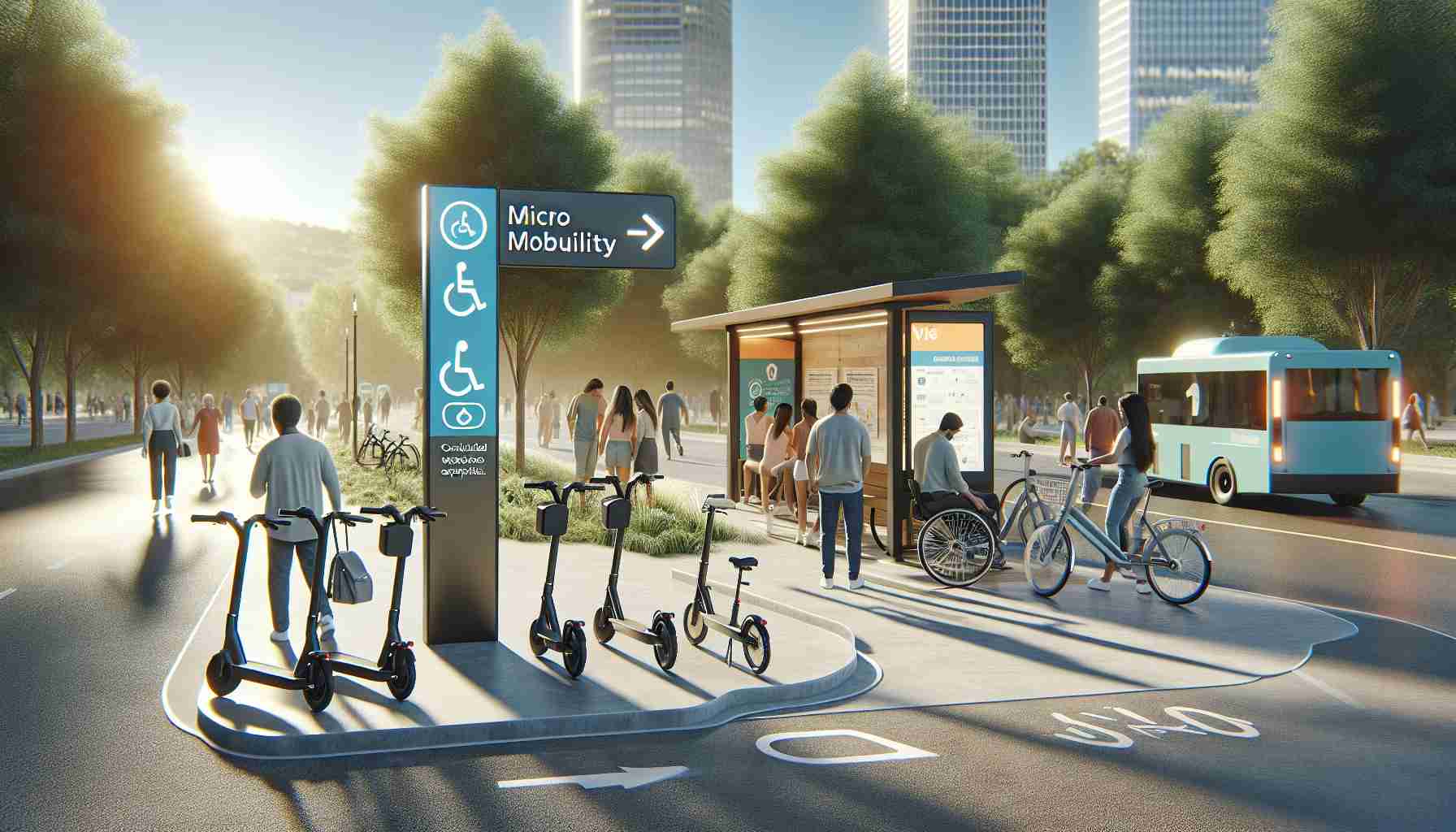Shared e-bikes and e-scooters, also known as “micromobility” devices, have been gaining significant interest in Australia. From the cities to local councils, various trials of shared e-scooter systems have been conducted through private operators like Lime, Beam, and Neuron.
While public perceptions of these programs vary greatly, seeing them as either a passing fad or a disruption to the transport system, the truth is more nuanced. Shared scooters and bicycles are gradually becoming integrated into the urban transport systems of cities like Brisbane and Melbourne.
However, the question remains whether these micromobility systems solely benefit young, affluent tourists or have a wider impact. Recent research conducted across cities in Australia, New Zealand, and the United States unveils a different picture. Findings suggest that subsidised micromobility programs can provide significant advantages to vulnerable user groups.
One notable benefit is the affordability these programs offer to low-income users. Survey results from Lime Access customers revealed that they were five times more likely to use shared scooters and bicycles for daily travel compared to non-subsidised riders. They were also twice as likely to use them for essential trips and to connect with public transport. The ability to travel without a car was deemed a significant advantage by half of the Lime Access customers, advocating for a more sustainable transport system.
Moreover, individuals with disabilities also find great value in these shared micromobility programs. The electric motor of e-scooters and e-bikes reduces fatigue and strain, making it easier for them to travel to essential destinations. Not only do these programs provide independence, but they also bridge the gap for those unable to drive a car due to their physical disabilities.
To maximize the benefits of shared micromobility programs, governments can play a vital role. It is essential for governments to create frameworks and incentives that support the expansion of these programs to reach more vulnerable groups. While there are challenges in ensuring financial viability for operators, implementing equity requirements and reducing fees for low-income customers, as seen in cities like Washington DC, can help create more equitable transport systems.
In conclusion, shared micromobility programs have the potential to provide substantial benefits to vulnerable user groups. By addressing affordability and accessibility barriers, governments can pave the way for a more inclusive and sustainable urban transport system.
Frequently Asked Questions about Shared Micromobility Programs
1. What are shared e-bikes and e-scooters?
Shared e-bikes and e-scooters, also known as “micromobility” devices, are transportation options that can be rented and shared among the public. They are often operated by private companies and are becoming increasingly popular in Australia.
2. Who conducts the trials of shared e-scooter systems in Australia?
Various trials of shared e-scooter systems in Australia are conducted through private operators like Lime, Beam, and Neuron.
3. Are shared micromobility programs just a passing fad or a disruption to the transport system?
Public perceptions about shared micromobility programs vary, with some seeing them as passing fads or disruptions to the transport system. However, research suggests that they are gradually becoming integrated into the urban transport systems of cities like Brisbane and Melbourne.
4. Do shared micromobility programs only benefit young, affluent tourists?
No, recent research conducted across cities in Australia, New Zealand, and the United States suggests that shared micromobility programs also benefit vulnerable user groups. These programs offer affordability to low-income users and provide value and independence to individuals with disabilities.
5. How do subsidized micromobility programs benefit low-income users?
Subsidized micromobility programs offer affordability to low-income users. Survey results from Lime Access customers revealed that they were more likely to use shared scooters and bicycles for daily travel and essential trips compared to non-subsidized riders. They also found it easier to connect with public transport, allowing them to travel without a car.
6. Are shared micromobility programs beneficial for individuals with disabilities?
Yes, individuals with disabilities find great value in shared micromobility programs. The electric motor of e-scooters and e-bikes reduces fatigue and strain, making it easier for them to travel to essential destinations. These programs provide independence and bridge the transportation gap for those who cannot drive due to physical disabilities.
7. What role can governments play in maximizing the benefits of shared micromobility programs?
Governments can play a vital role in supporting the expansion of shared micromobility programs to reach more vulnerable groups. They can create frameworks and incentives that address affordability and accessibility barriers. Implementing equity requirements and reducing fees for low-income customers, as seen in cities like Washington DC, can help create more equitable and inclusive transport systems.
Key Terms:
– Micromobility: Refers to shared e-bikes and e-scooters, which are small, lightweight transportation options.
– Subsidized: Refers to programs where the cost of using shared micromobility devices is reduced for certain user groups, such as low-income individuals or those with disabilities.
– Affordability: Refers to the ability for users to easily afford and access shared micromobility options.
– Accessibility: Refers to the ease with which individuals, including those with disabilities, can use shared micromobility devices.
Related Links:
– Lime
– Beam
– Neuron
– Washington DC Government







